The idea of zero waste can seem overwhelming to many, and sometimes just convincing family and kids to pitch in can be enough to stop the most eager zero-waster in their tracks. We’re here to offer some tips and suggestions for getting the whole family on board for practicing (and enjoying) a zero waste life!
Grocery Shopping for the Family:
The key to embracing a zero waste lifestyle at home is as simple as preferring reusable items to disposables. The best place to start is at the store. Grocery stores are full of food that comes prepackaged in disposable wrappers and containers. Most of this packaging, including plastic produce and grocery bags, are considered “soft plastics” and cannot be recycled with other materials. By shopping in bulk and using reusable bags and jars, you are preventing this waste from entering your home in the first place. When you’re done shopping, try making a dish from scratch from the foods you bought and packing lunches for school and work with reusable containers and utensils.
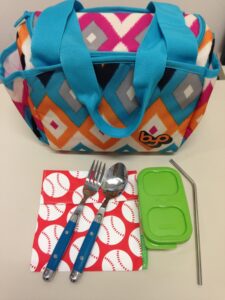
Toys, Clothes, and Everything Else that Ends Up on the Floor:
On the topic of shopping, a big culprit of waste can be compulsive buys- things we want in the moment but get minimal use out of before tossing them. This could be anything from clothing to toys to food. To prevent this, buy only what you need or know you are going to use. Yes, this includes all the toys and games your kids probably ask for. It may be tough at first, but encourage your kids to value and take care of what they have (this is a tough one, but we believe in you). When you do need something, use second-hand stores as your first stop to look. Similarly, instead of throwing away good items you no longer need or want, consider giving them a new life through donation.
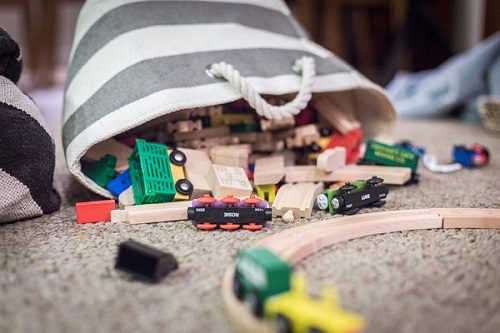
Cleaning Up that Neverending Mess:
Anyone with children (and without) knows that messes are bound to happen, but they don’t have to set you back on your zero waste journey. To clean up spills or wash surfaces, opt for reusable cloths and DIY cleaning products instead of paper towels and store-bought chemical cleaners. Most DIY household cleaners only require a few ingredients, and chances are you already have most of them lying around! For example, an effective all-purpose cleaner can be made with white vinegar, baking soda, water, and essential oils.
Fill the Calendar with Zero Waste Family Fun:
It’s important to note that zero waste doesn’t have to be all about the stuff you have; it can also be about the things you do! A great way to get the whole family engaged is to have fun doing activities that let you spend time together without creating trash. Some options include visiting a park or beach, checking some books or movies out from the library, exploring a museum or aquarium, riding bikes, crafting using upcycled materials, and, of course, participating in an ILACSD cleanup! San Diego has an endless supply of places to explore, and by living zero waste you and your family can enjoy them while knowing that you are doing your part in keeping them clean and beautiful!
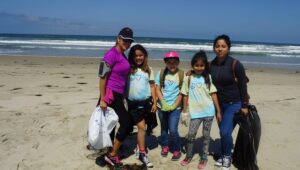
Don’t forget, zero waste is a journey. You don’t get kicked out of the club if you slip up or struggle. With a family, this journey does take a little more effort, but your efforts will pay off for your kids. By following even a few of these tips, you’re helping leave the world much better off for your children (and eventually their children) to enjoy!
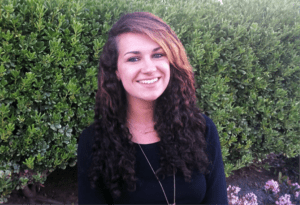

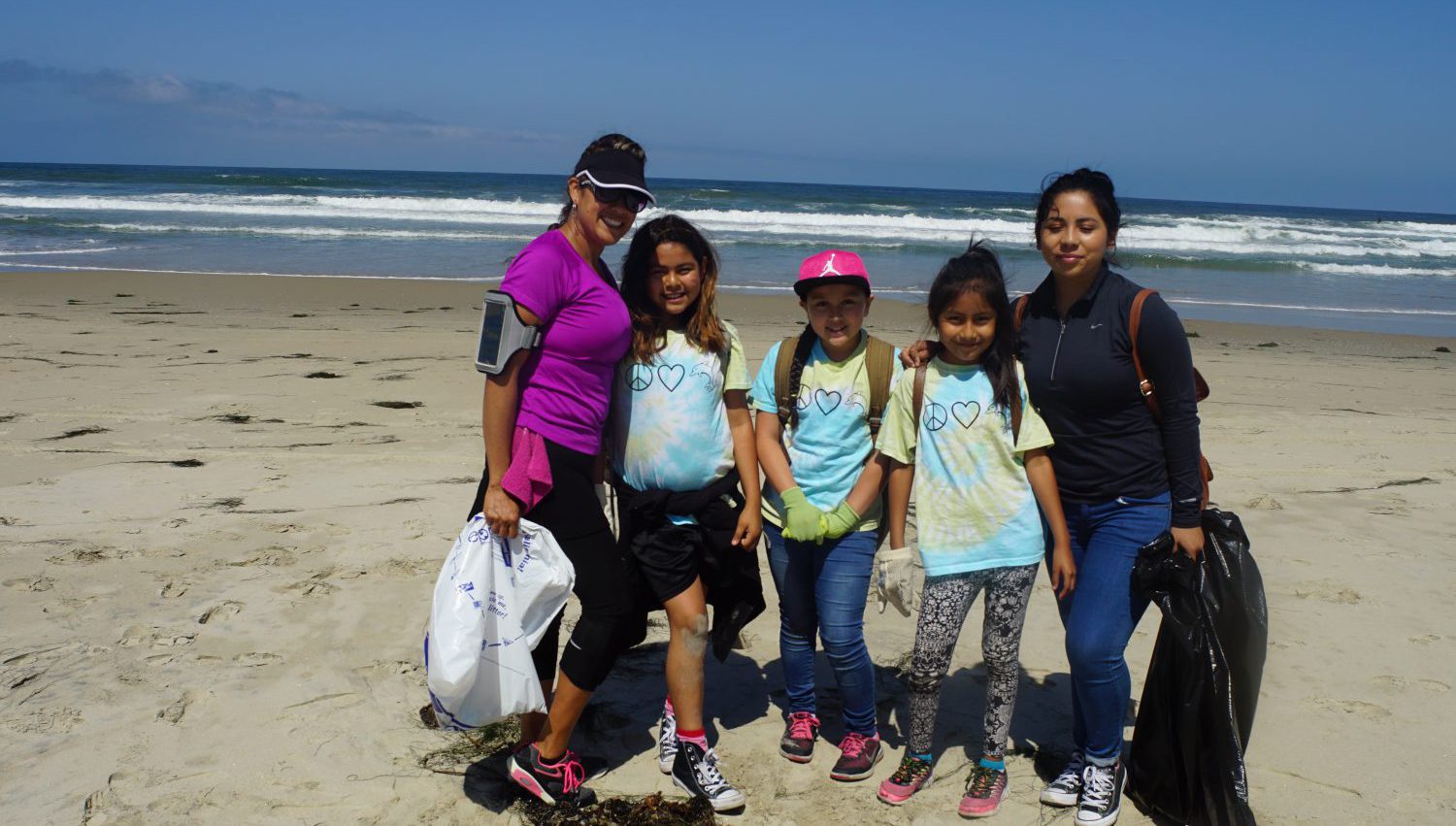
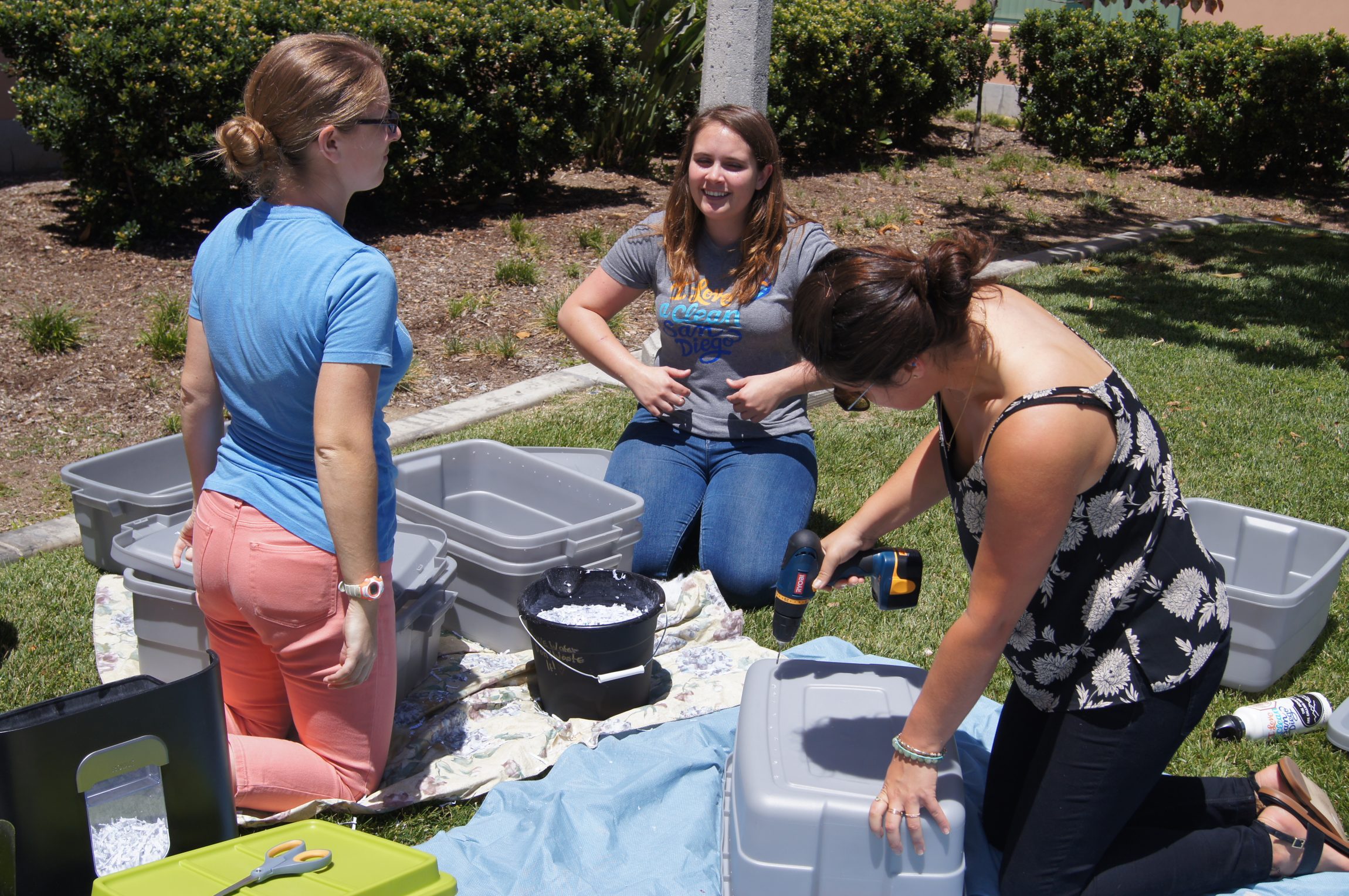
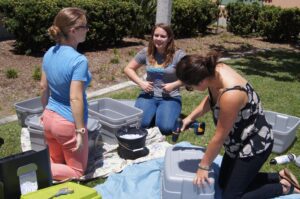
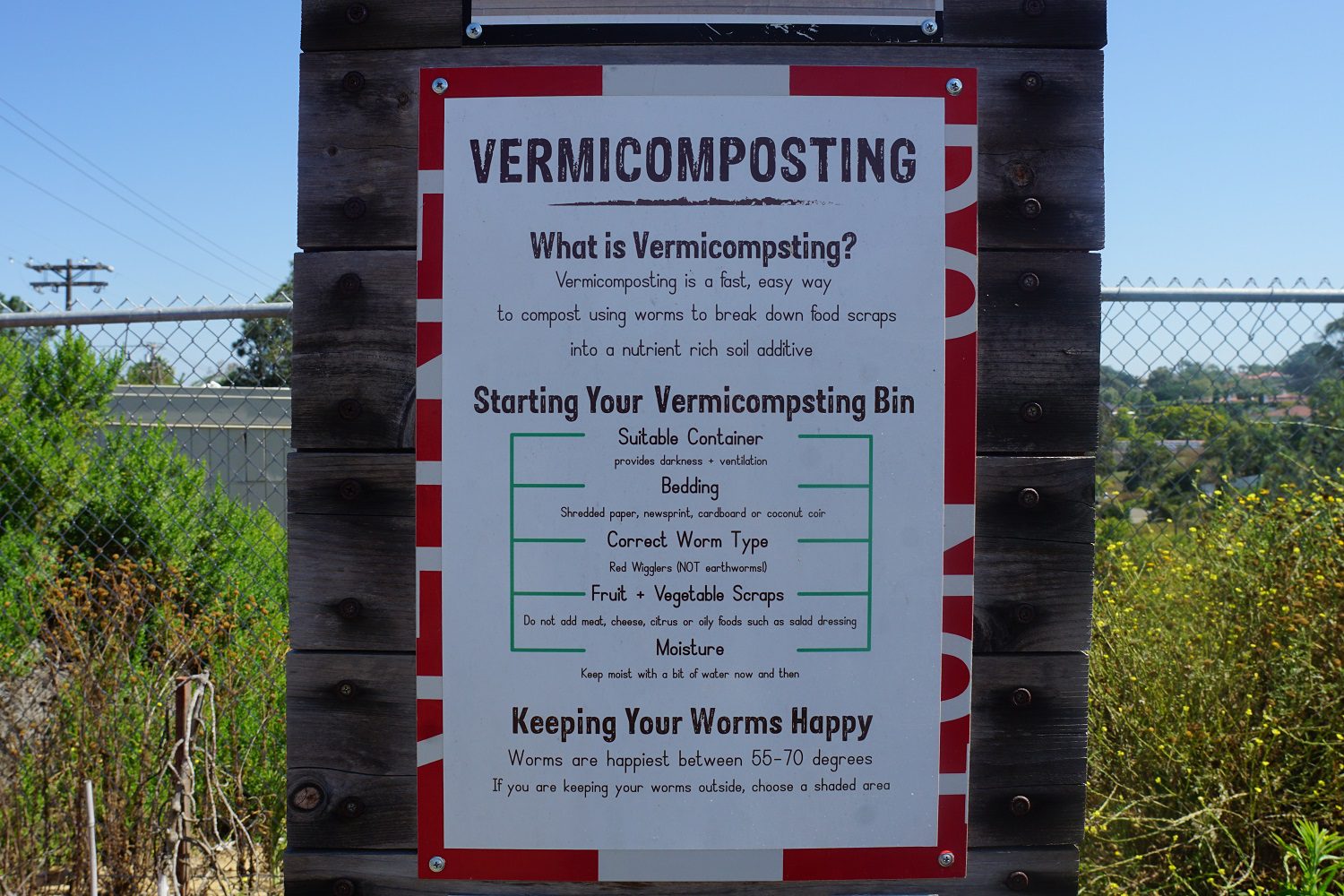


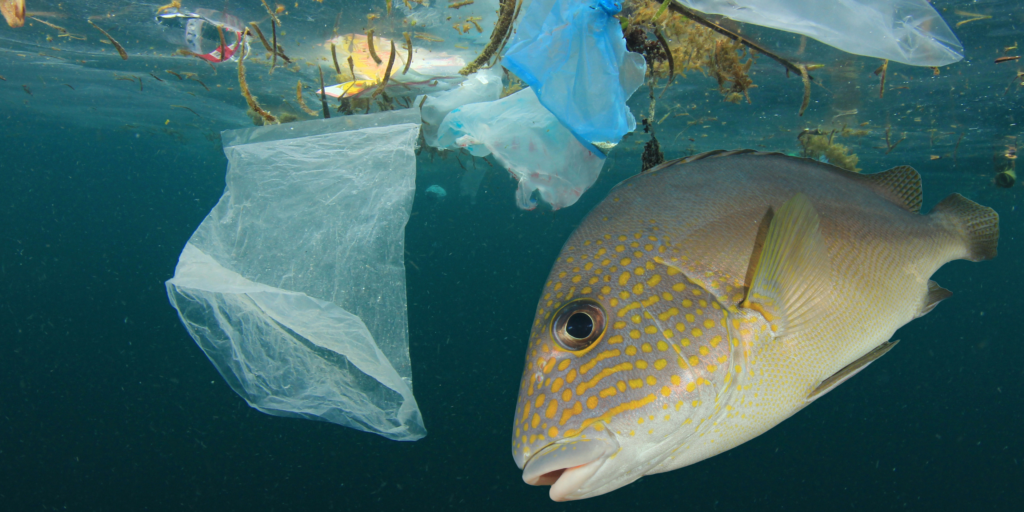
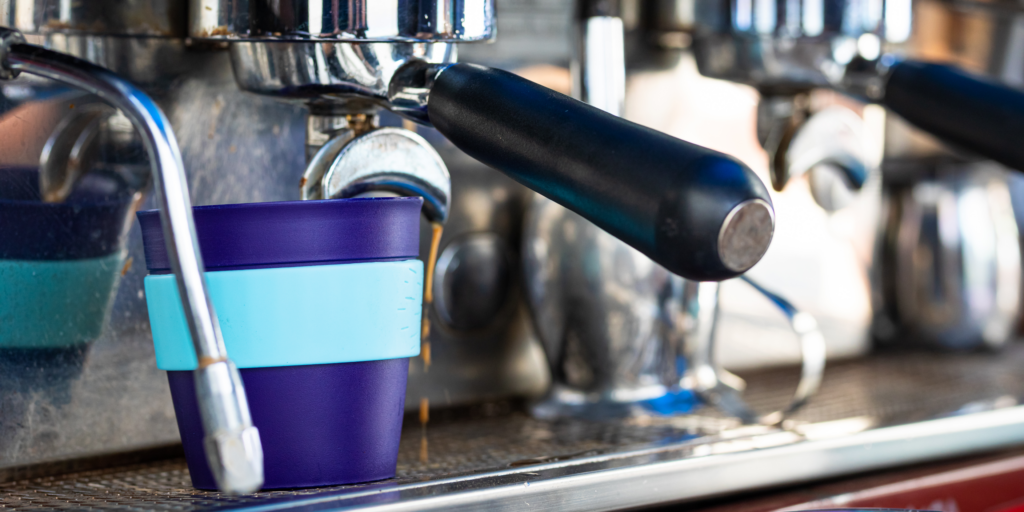
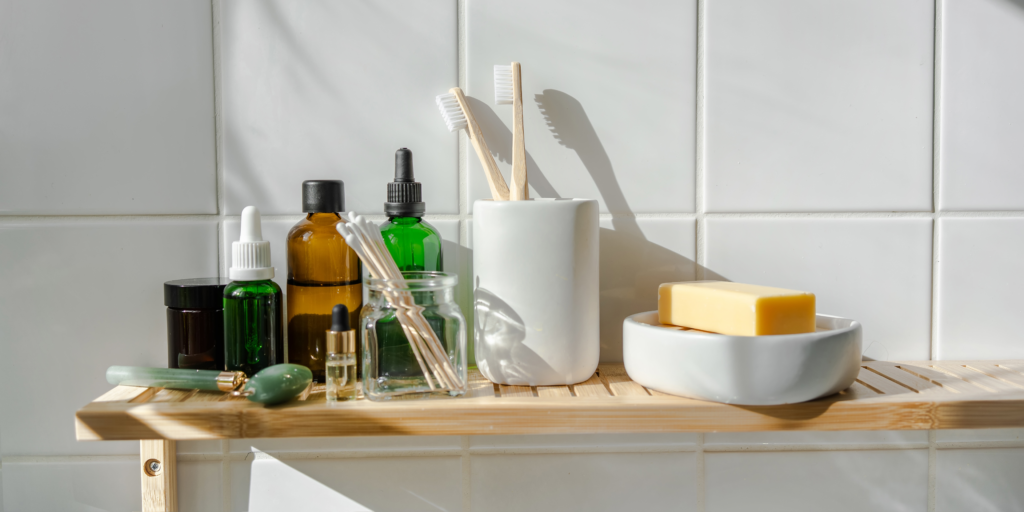
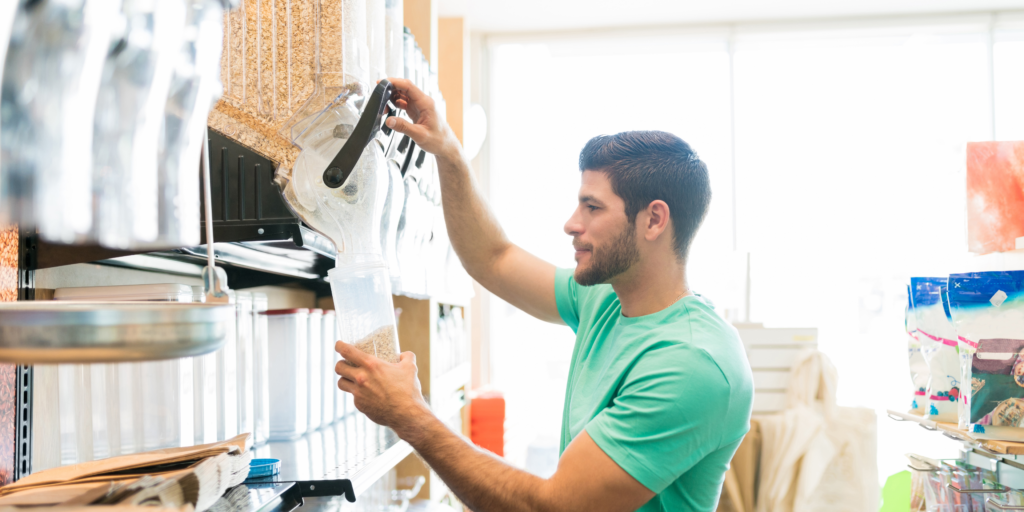
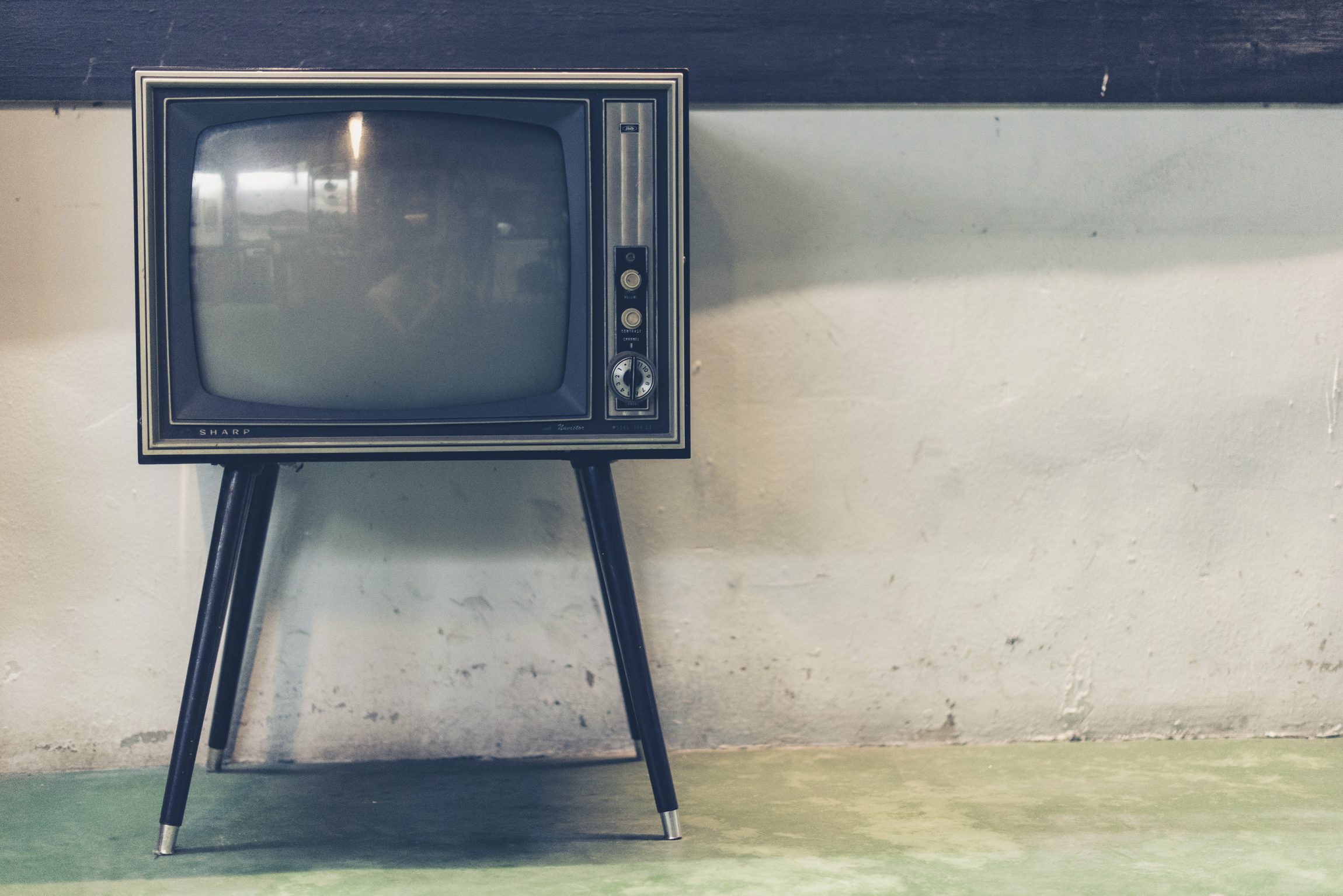
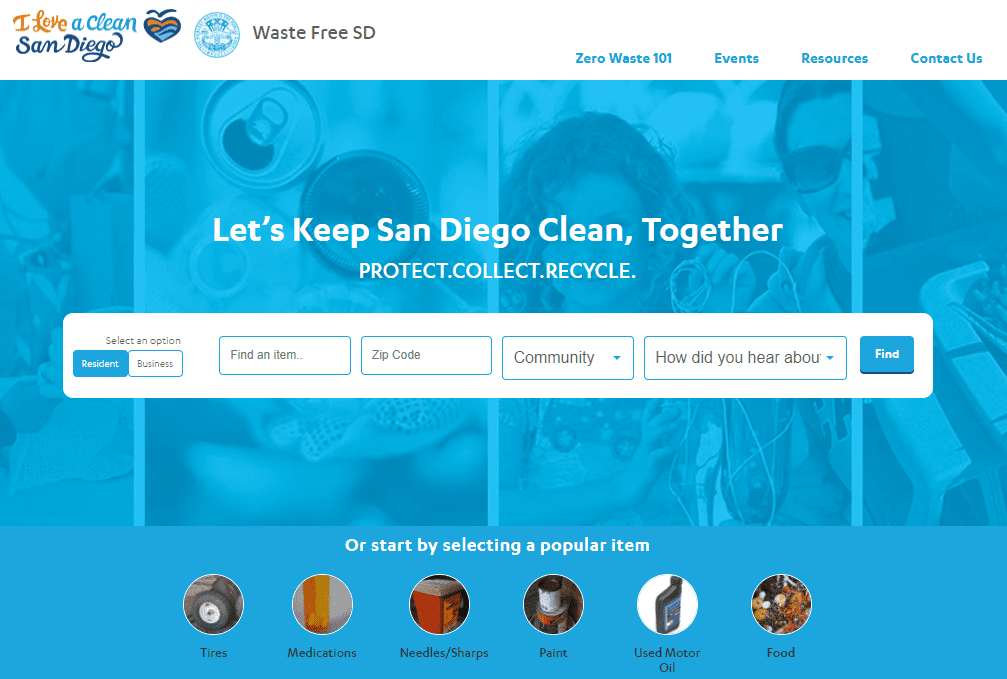

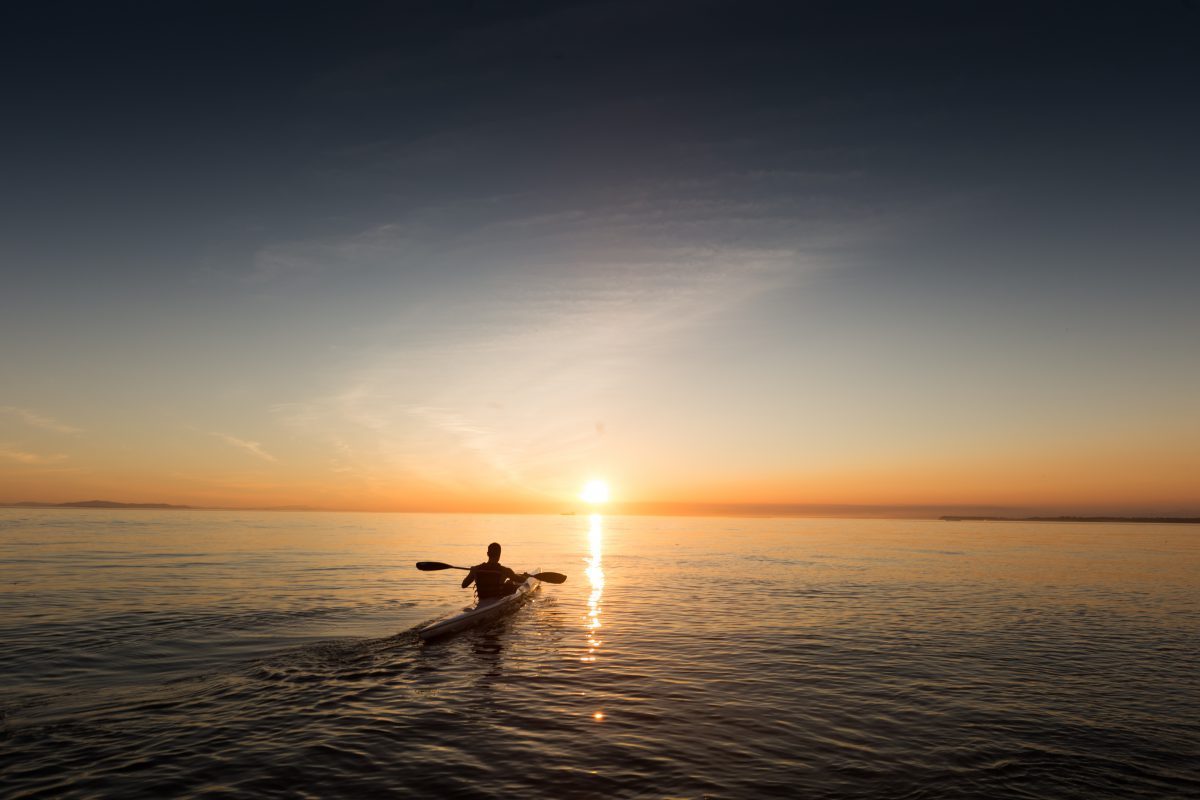
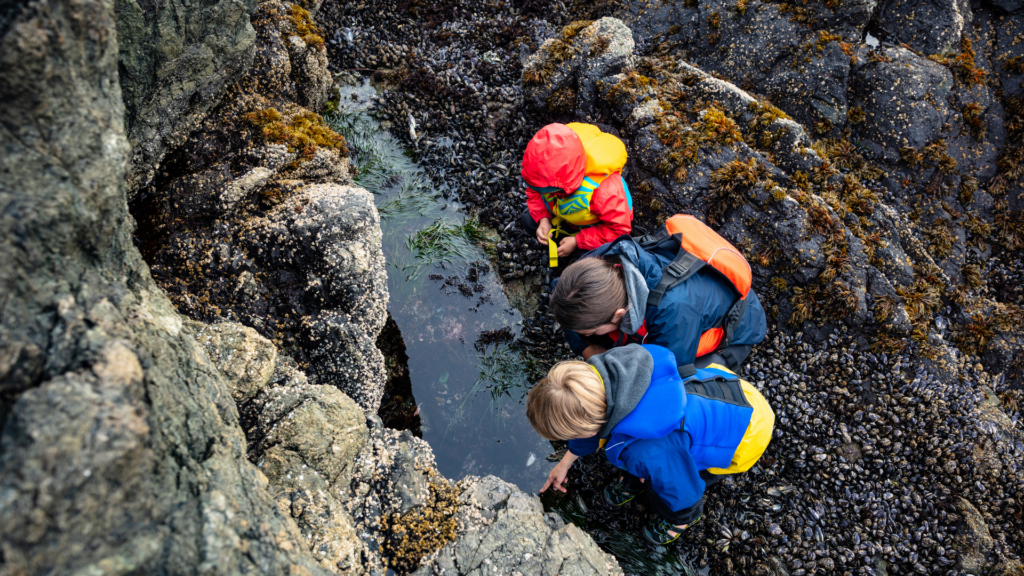
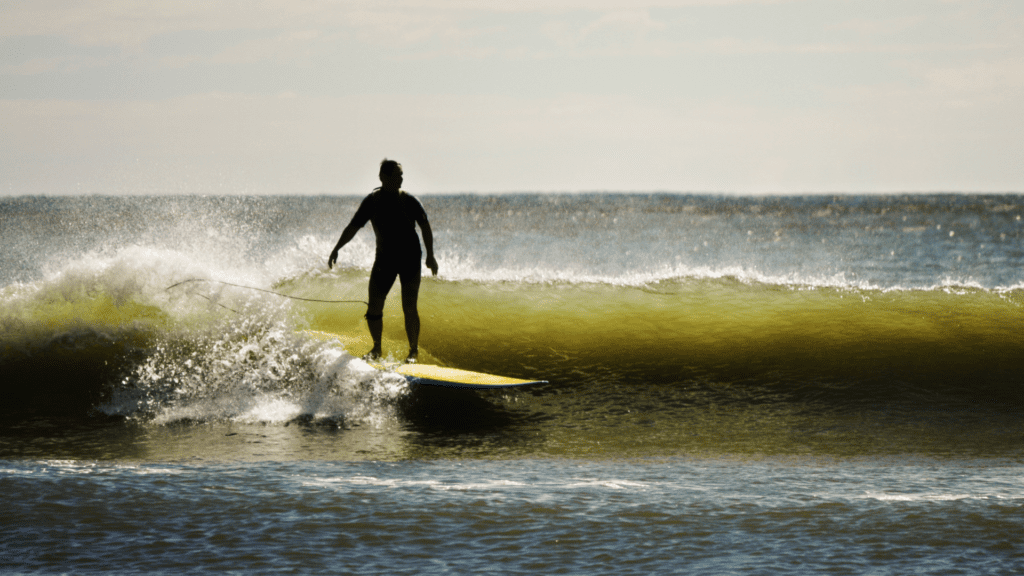
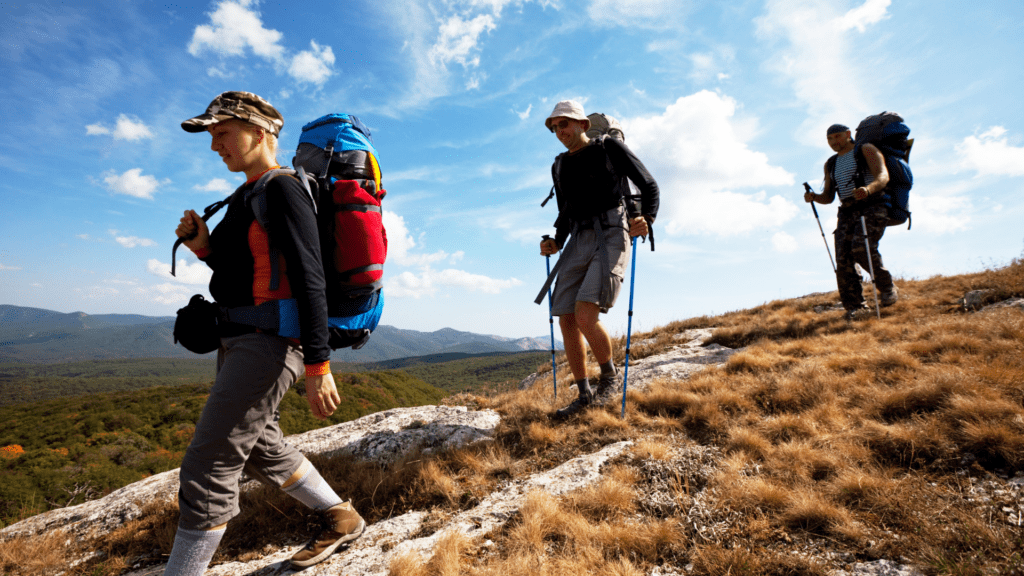



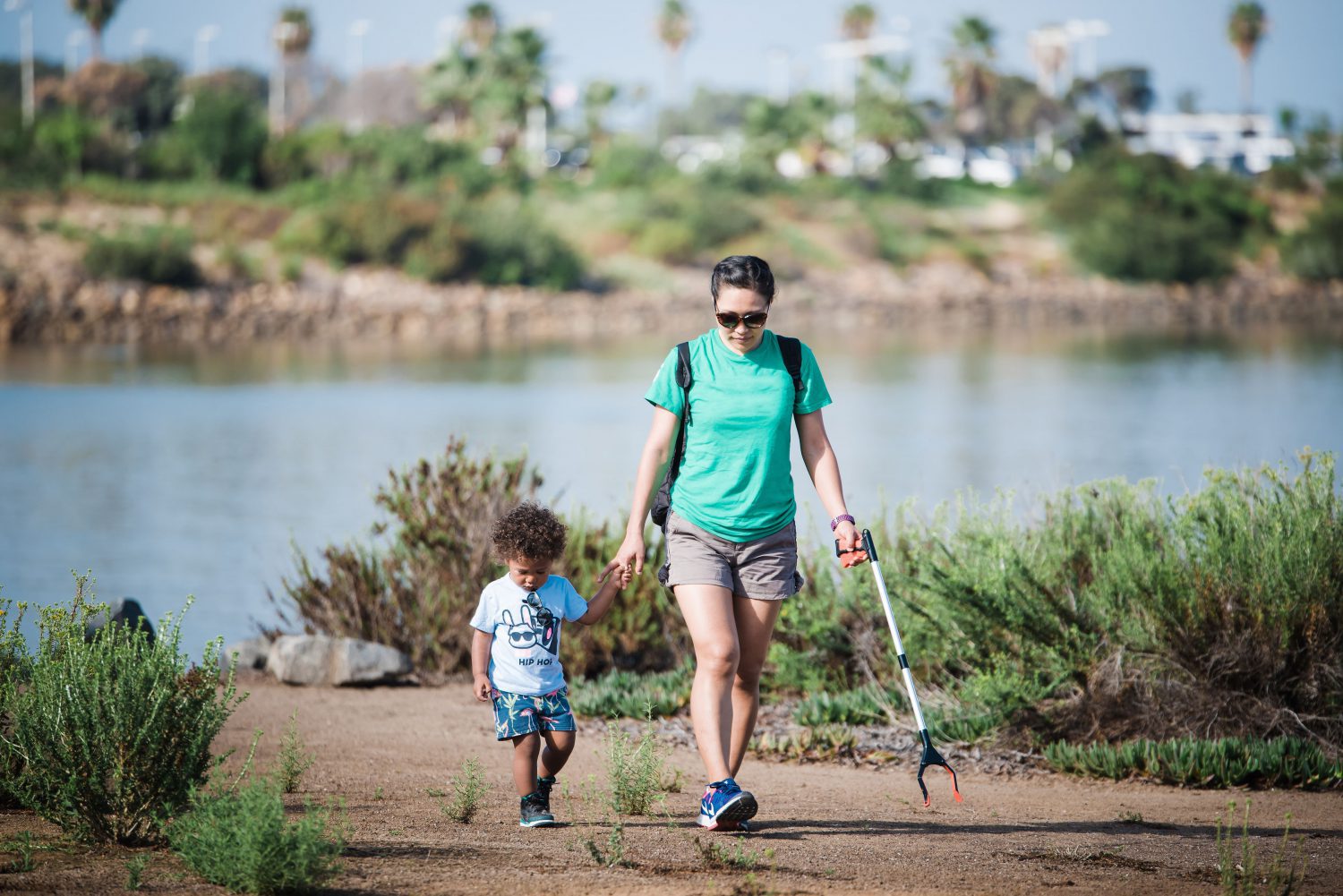
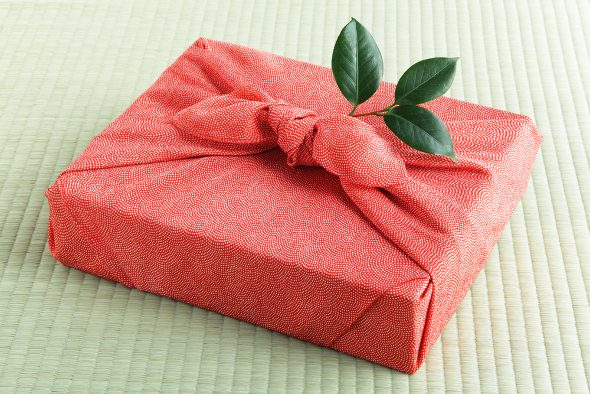
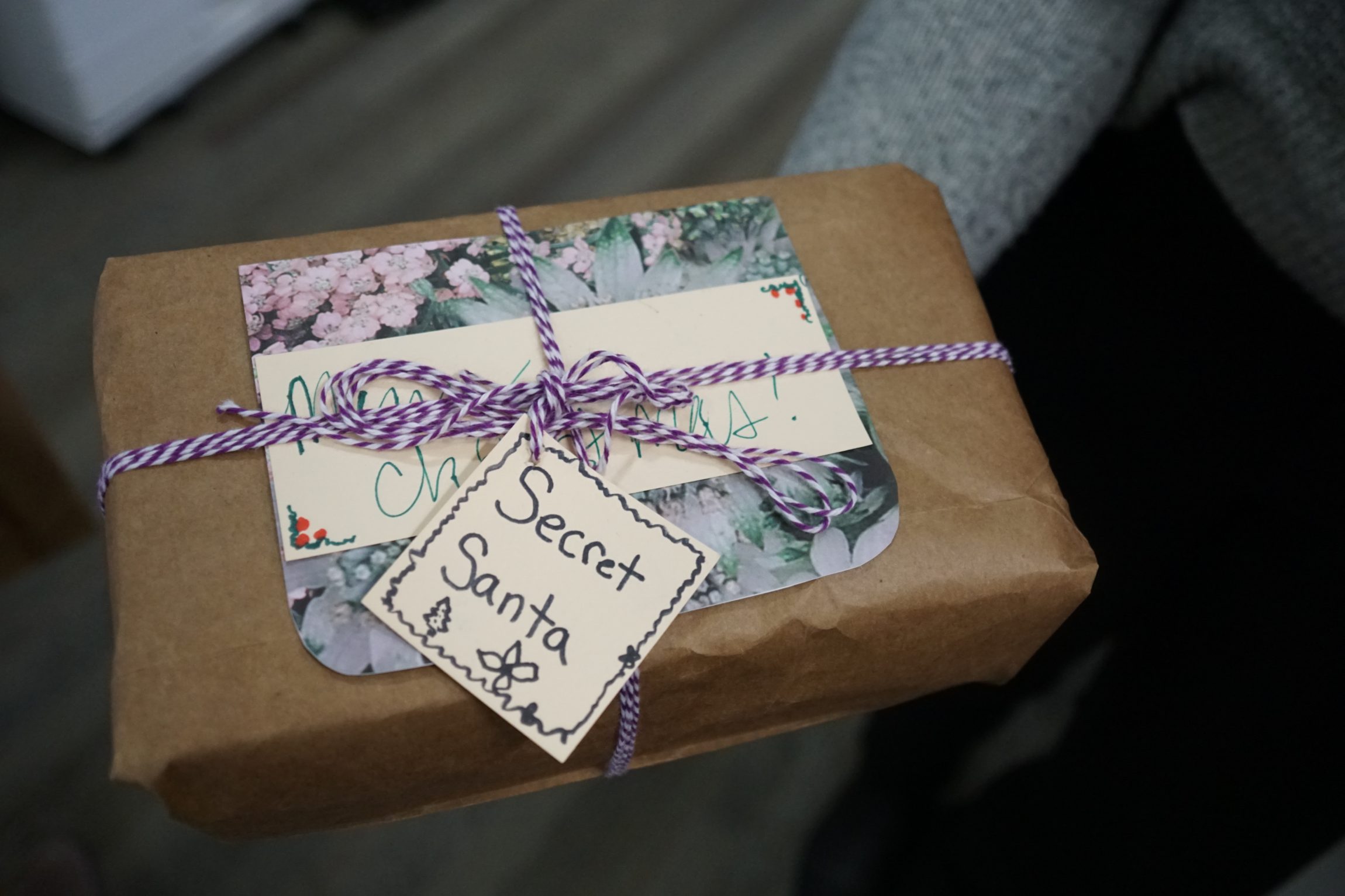
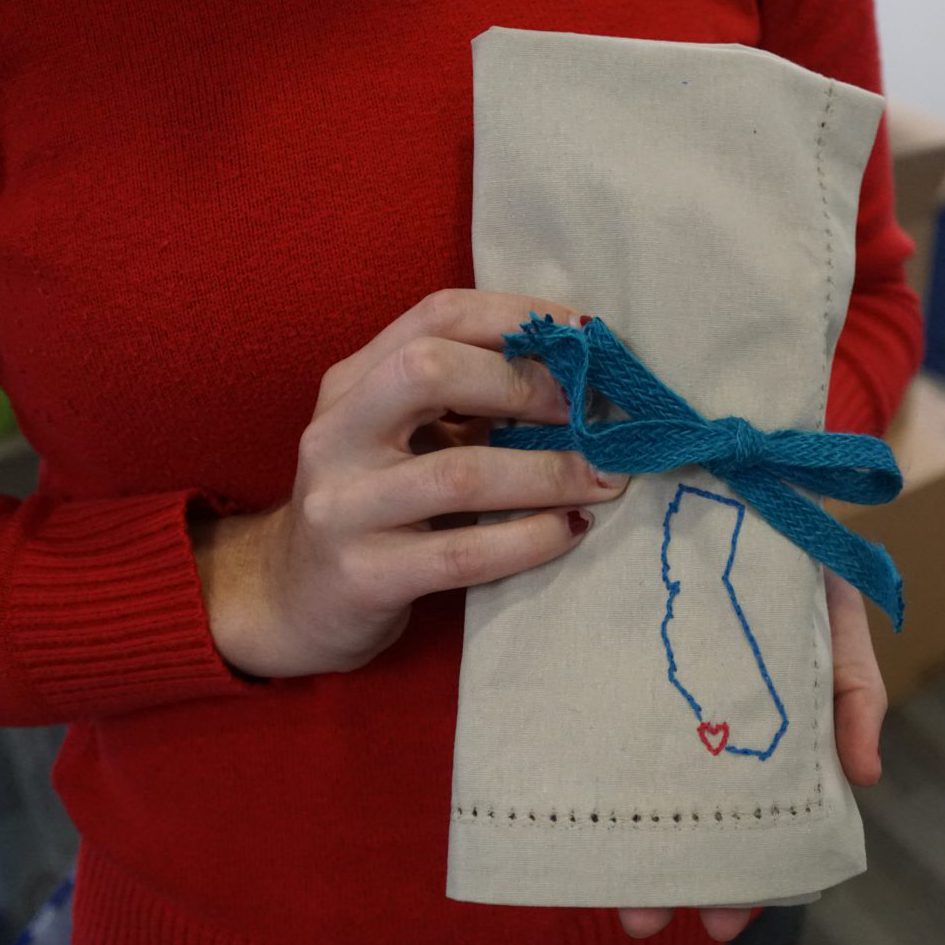
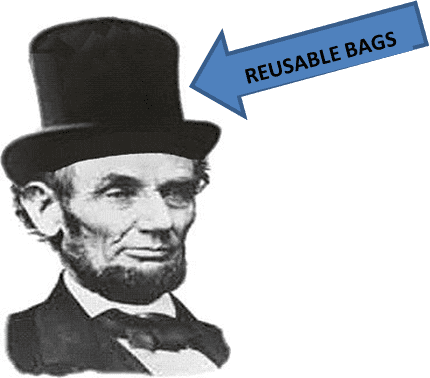
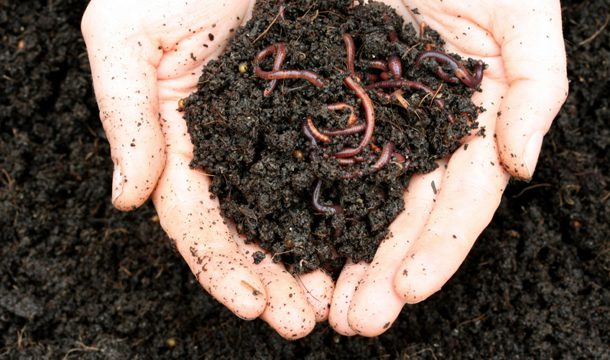

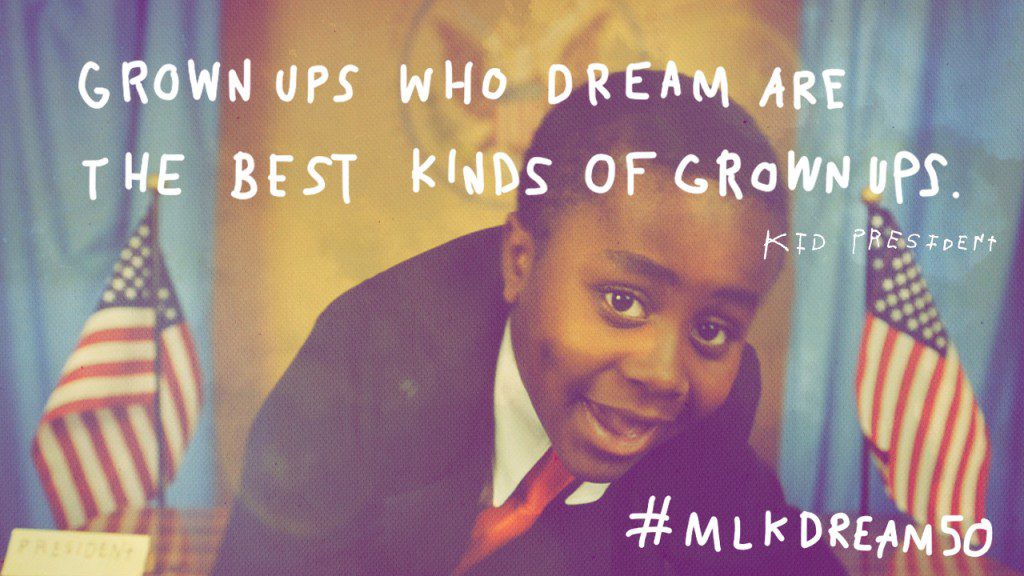 Remember why you started caring in the first place. Even for the most devoted of us, aiming for a zero waste lifestyle can easily become overwhelming. However, history has proven that small, consistent actions lead to great results. You started recycling/biking to work/buying in bulk/living green because something made you care. Remind yourself of that initial spark. For me, it’s remembering my experiences working with children outdoors, and seeing how a connection to nature helps them feel confident, make new friends, and find peace during the tumults of growing up. So tape a
Remember why you started caring in the first place. Even for the most devoted of us, aiming for a zero waste lifestyle can easily become overwhelming. However, history has proven that small, consistent actions lead to great results. You started recycling/biking to work/buying in bulk/living green because something made you care. Remind yourself of that initial spark. For me, it’s remembering my experiences working with children outdoors, and seeing how a connection to nature helps them feel confident, make new friends, and find peace during the tumults of growing up. So tape a 
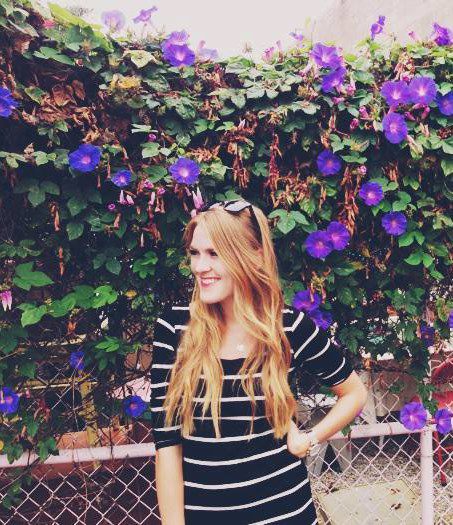

 Brown Sugar & Honey Lip Scrub: Need to get rid of chapped lips? This is my favorite lip scrub
Brown Sugar & Honey Lip Scrub: Need to get rid of chapped lips? This is my favorite lip scrub
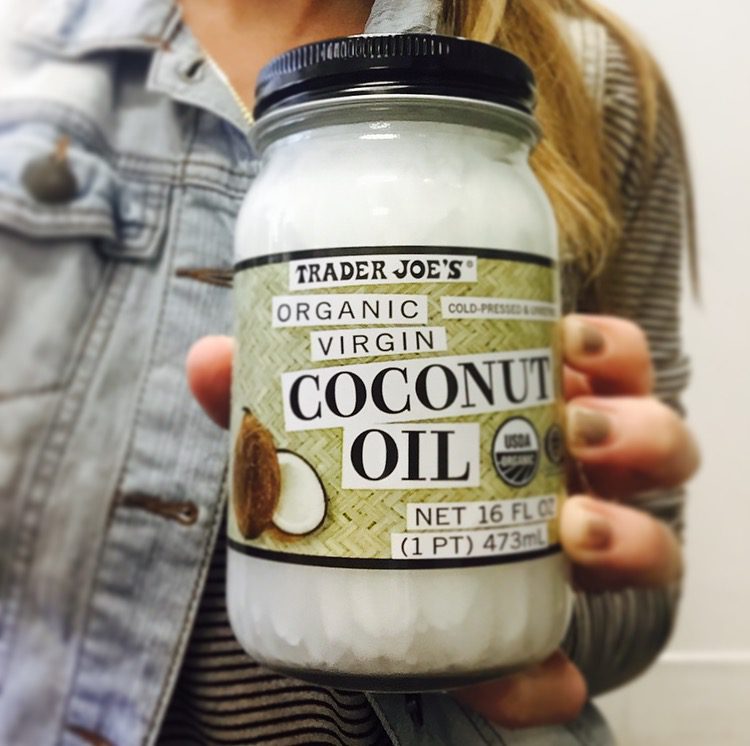




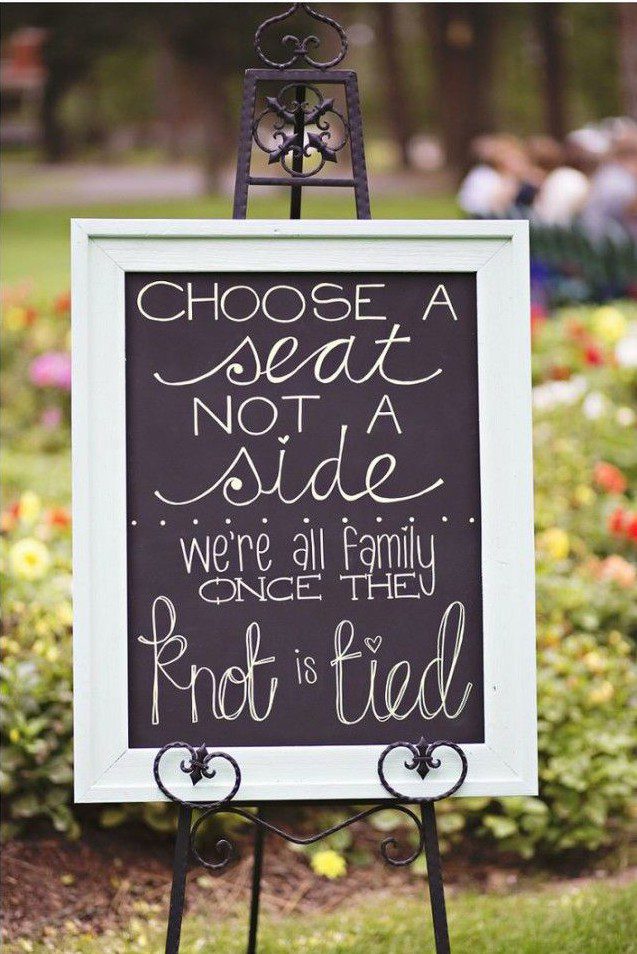 Décor: Tap into your networks! You never know who might have extra tables, easels, vases, etc. For example, Emily got silver dollar eucalyptus from a neighbor that has a tree in their backyard. Plus, at ILACSD, since several staff members are getting married in 2015, we plan on having an internal wedding décor exchange!
Décor: Tap into your networks! You never know who might have extra tables, easels, vases, etc. For example, Emily got silver dollar eucalyptus from a neighbor that has a tree in their backyard. Plus, at ILACSD, since several staff members are getting married in 2015, we plan on having an internal wedding décor exchange!
